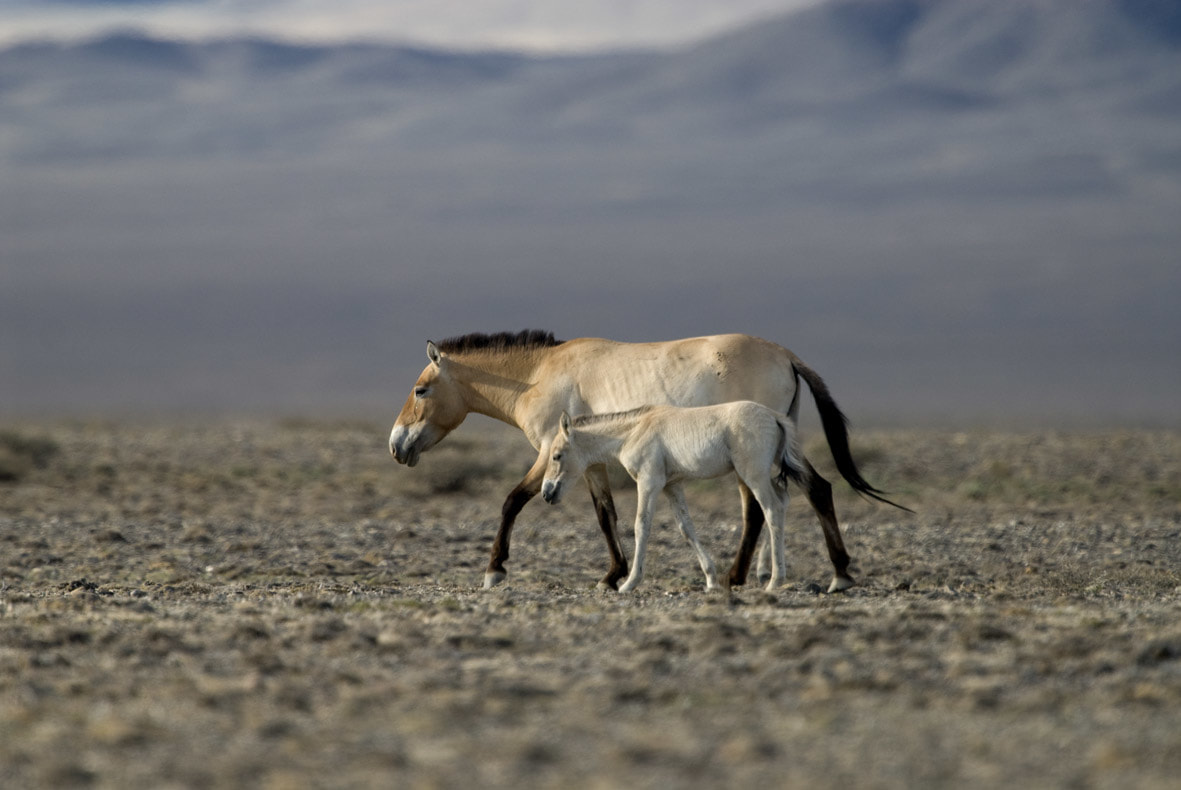|
Friederike Pohlin, Kristin Brabender, Gerhard Fluch, Gabrielle Stalder, Thierry Petit and Chris Walzer
Background: Ecosystems with seasonal fluctuations in climate and food availability present physiological challenges to resident mammals and may cause “stress.” The two predominant physiological responses to stressors are (1) the activation of the hypothalamic-pituitary-adrenal axis and (2) the modulation of the autonomic nervous system. To date, the primary indicator for “stress” in wildlife- and zoo animal research are glucocorticoid levels. By measuring the autonomic regulation of cardiac activity, particularly the vagal tone, heart rate variability (HRV) is presently emerging as a suitable indicator of “stress” in farm- and domestic animal research. Objective: The aim of this study was to use HRV, a novel method in wildlife research, to assess seasonal patterns of “stress” in a group of free-ranging Przewalski's horses (Equus ferus przewalskii). Methods: Six pregnant Przewalski's horses from one harem within the Hortobágy National Park in Hungary were subjected to the study. We used a dedicated telemetry system consisting of a subcutaneously implanted transmitter and a receiver and storage unit in a collar to record HRV, heart rate (HR), subcutaneous body temperature, and activity throughout a one-year study period—climate data was also collected. We defined “stress” as a decrease in parasympathetic nervous system tone and calculated RMSSD (root mean square of successive differences) as a measure of HRV. Linear mixed effects models with random intercept per individual were used for statistical analysis. Results: HRV and HR varied considerably throughout the year. Similar to temperate ruminants and hibernating mammals, Przewalski's horses experienced lower HR and HRV during winter, when resources are limited indicating decreased metabolic rates coupled with “stress.” In spring, we observed a drop of HRV along with a peak in HR indicating an increase of allostatic load that is most likely associated with increased energy demands during pregnancy and/or seasonal routines such as the adjustment of the gastrointestinal system to better quality diet. Conclusion: Measuring telemetric HRV is a proven method to study undisturbed reactions of wild animals to their changing environment over the long term. Przewalski's horses experience a loss of complexity in cardiovascular dynamics over the winter and particularly during spring, indicating seasonal “stress.” Read more |
PK, Chris & FriendsPeriodic musings Archives
June 2019
Categories |


 RSS Feed
RSS Feed